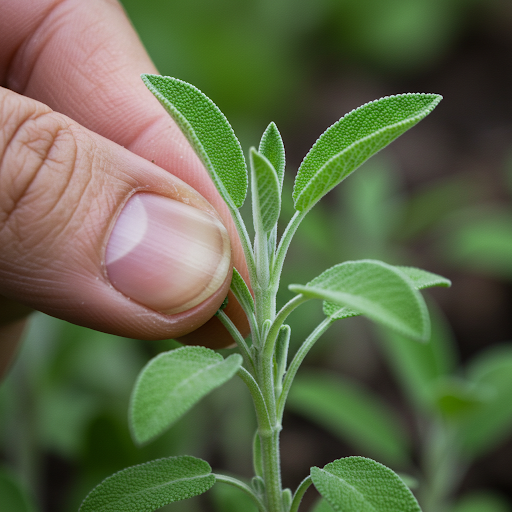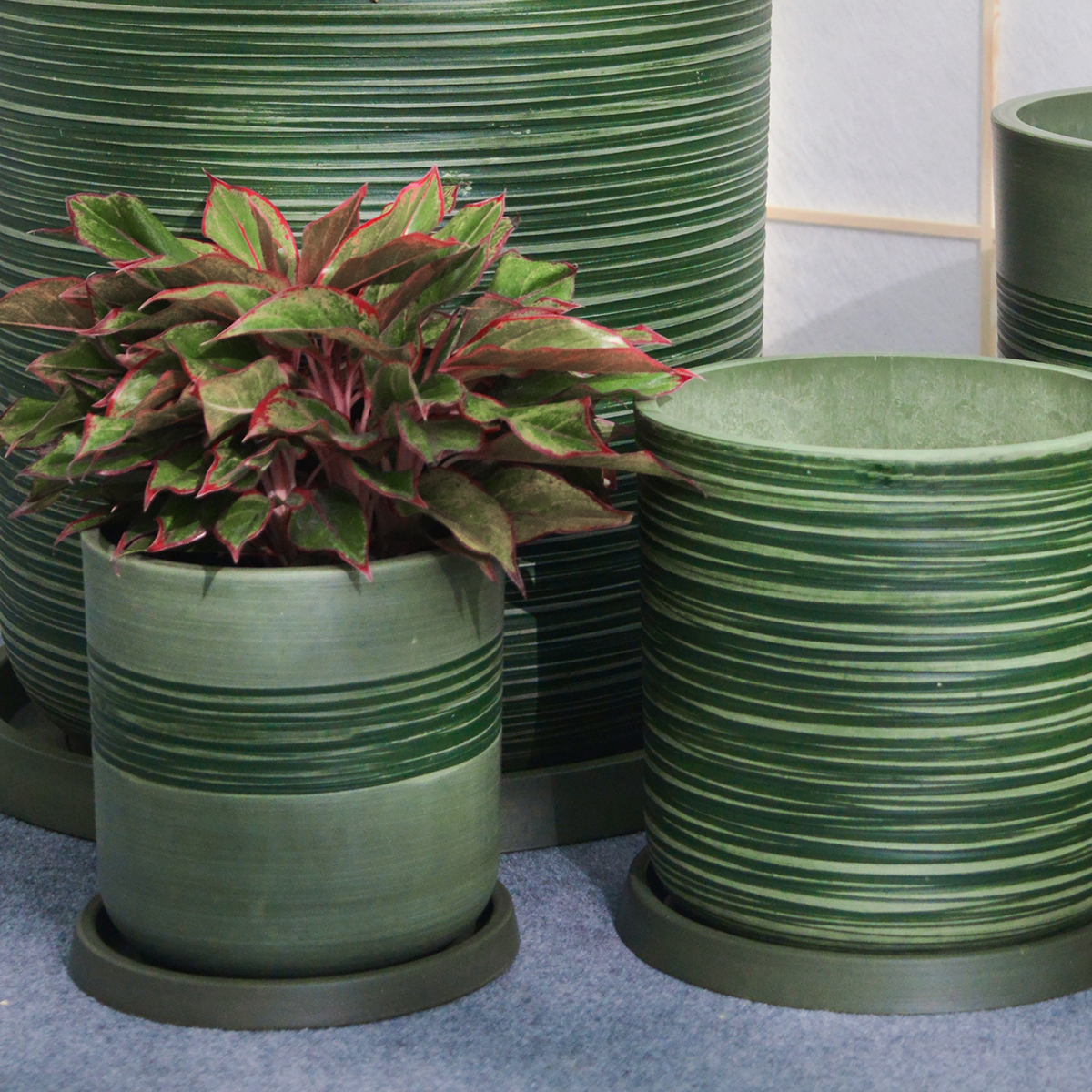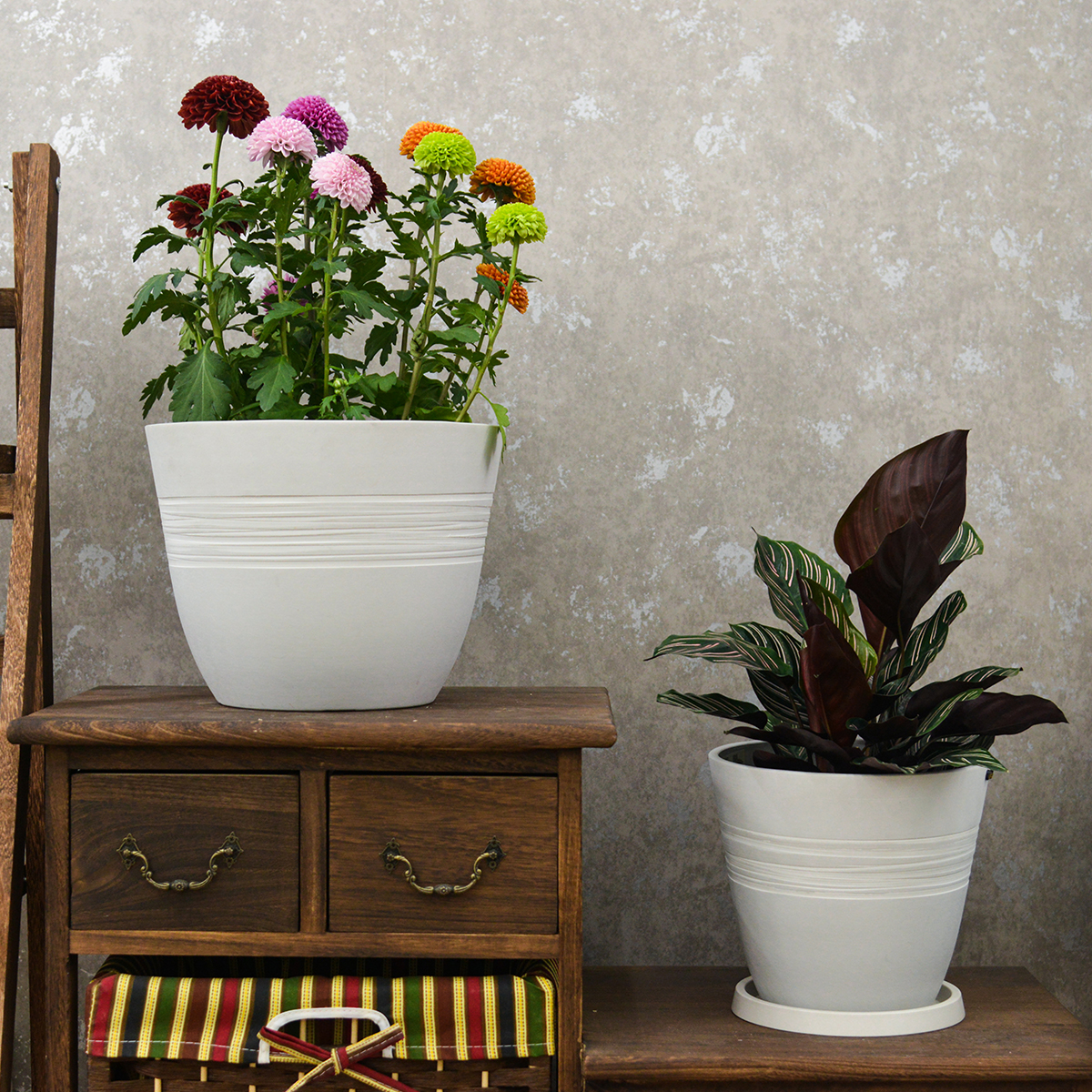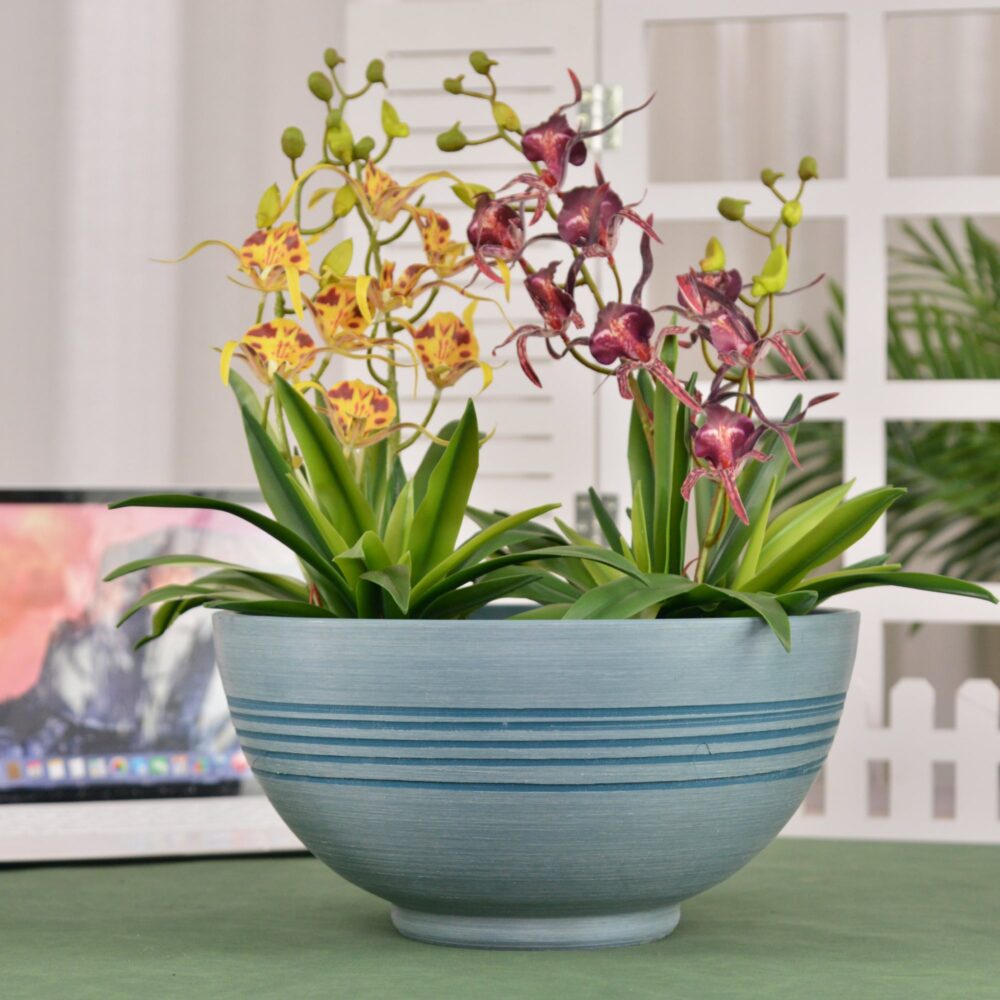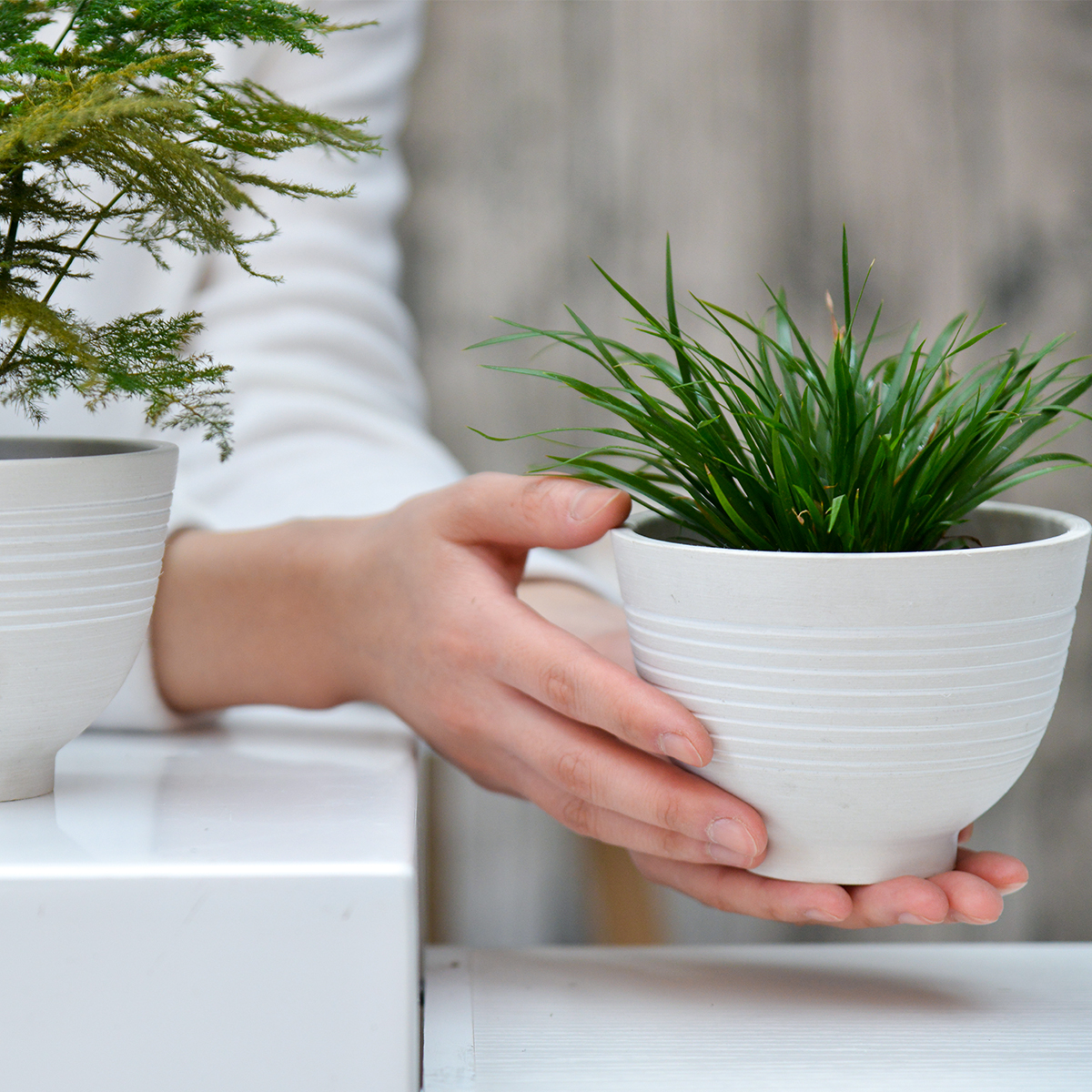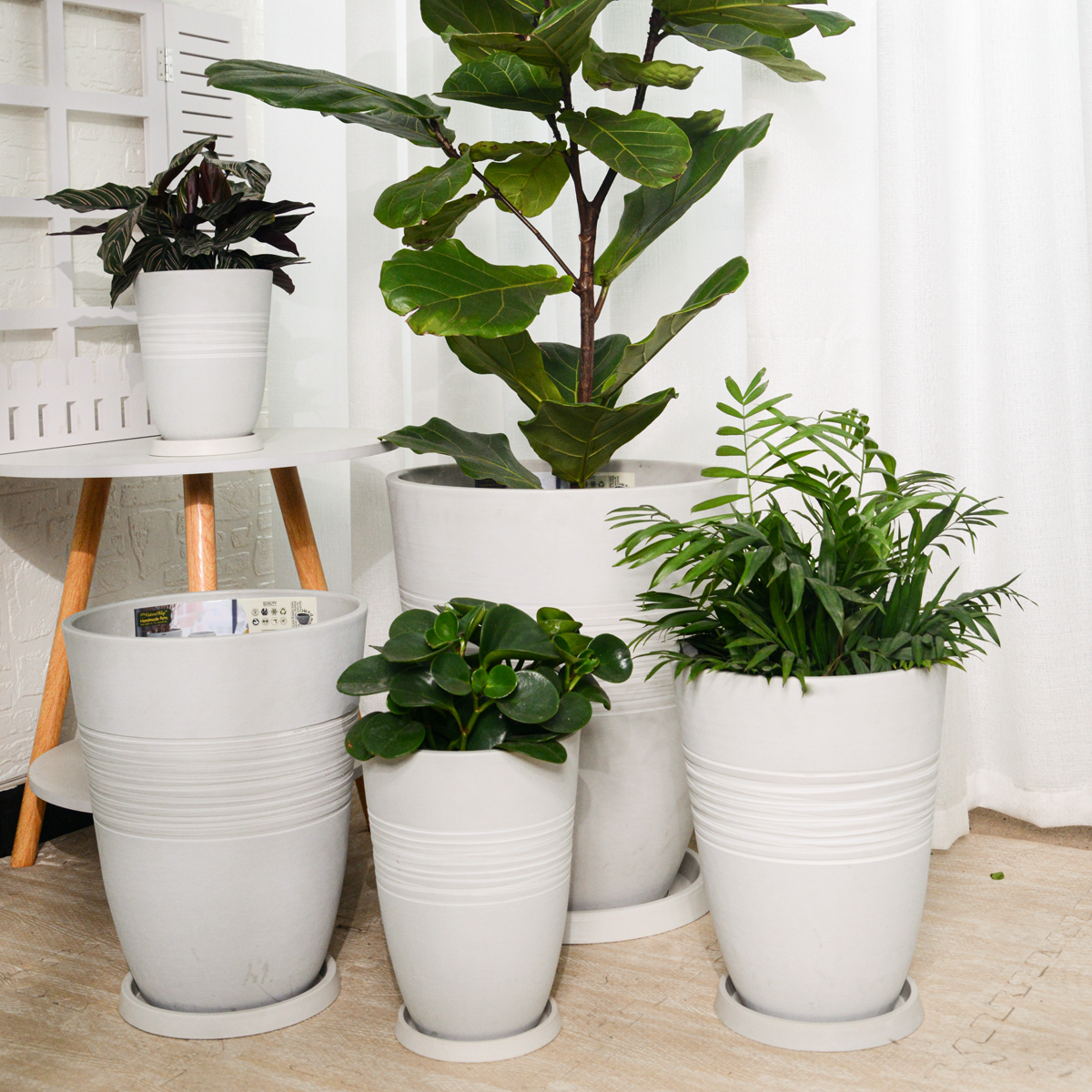How to Encourage Growth and Flowering in Potted Sage Through Pruning or Pinching?
Pruning and pinching are valuable techniques for maintaining healthy and productive potted sage (Salvia spp.). These methods not only help manage the plant’s shape but also encourage bushier growth and can even promote more abundant flowering. For American gardeners looking to get the most out of their potted sage, here’s how to use these techniques effectively:
Promoting Bushier Growth Through Pinching:
Pinching back is a simple yet effective way to encourage your young sage plant to become bushier and produce more leaves.
- When to Pinch: Start pinching your sage when it is young and has several sets of true leaves, typically in the spring.
- How to Pinch: Locate the growing tip of a stem, which is the topmost set of small leaves. Using your fingers or clean pruning shears, gently snip off this tip just above a pair of leaves, about a third of the way down the stem.
- Why it Works: Removing the growing tip encourages the plant to branch out from the nodes (the points where leaves emerge), resulting in more stems and a bushier, fuller plant. You can repeat this process on new growth as needed throughout the growing season.
Encouraging Healthy Growth Through Pruning:
Regular pruning helps to keep your sage plant vigorous and can prevent it from becoming too woody and leggy.
- Timing for Pruning: The best time for more significant pruning is in early spring, as new growth begins to emerge. You can also lightly prune throughout the growing season, especially when harvesting leaves.
- How to Prune:
- Remove Dead or Damaged Growth: Begin by cutting away any dead, damaged, or diseased stems and leaves.
- Trim to Shape: To maintain a compact and desirable shape, trim back the stems, cutting just above a set of healthy leaves. You can cut stems back by about 3 to 5 inches below their tips.
- Be Cautious with Woody Stems: Avoid cutting too deeply into the old, woody parts of the sage plant, as it may struggle to produce new growth from very old wood.
- Regular Harvesting as Pruning: Don’t hesitate to harvest sage leaves regularly for culinary use. This acts as a form of pruning, encouraging the plant to produce more new growth and stay bushy.
Promoting Flowering Through Deadheading and Strategic Pruning:
While many gardeners grow sage primarily for its flavorful leaves, its flowers can also be attractive and beneficial for pollinators. Here’s how to encourage flowering:
- Deadheading Spent Flowers: Once the flowers start to fade and dry out, remove them (this is called deadheading). This can encourage the plant to produce more flowers later in the season.
- Mid-Season Rejuvenation: If your sage plant looks tired or leggy by mid-summer, you can cut it back by about one-third of its size. This can help to reinvigorate the plant and potentially encourage a new flush of growth and even more blooms.
- Ensure Proper Sunlight: Remember that sage needs plenty of sunlight (at least 6-8 hours daily) to bloom well. Make sure your potted sage is in a sunny location.
By incorporating pinching and pruning techniques into your care routine, you can help your potted sage plant stay healthy, bushy, and potentially reward you with more abundant leaves and flowers throughout the growing season.
KC2-21G
By greenship|2024-08-13T06:19:08+00:00August 13, 2024|Categories: Hand-carving Series|
KC2-11V
By greenship|2024-08-16T05:39:50+00:00August 16, 2024|Categories: Hand-carving Series|
13 inch Planter for Indoor Plants, Set of 2 Modern Decorative Plant Pots with Drainage Hole, Cute Bowl Shape Flower Pots
By greenship-seo|2025-04-10T07:41:46+00:00January 10, 2025|Categories: Hand-carving Series|Tags: Decorative Flower Pots, Self-Watering Pots|
KC3-14A
By greenship|2024-08-16T06:26:30+00:00August 16, 2024|Categories: Hand-carving Series|
KC3-09k
By greenship|2024-08-16T06:24:36+00:00August 16, 2024|Categories: Hand-carving Series|
KC2-11VH
By greenship|2024-08-16T06:19:28+00:00August 16, 2024|Categories: Hand-carving Series|

